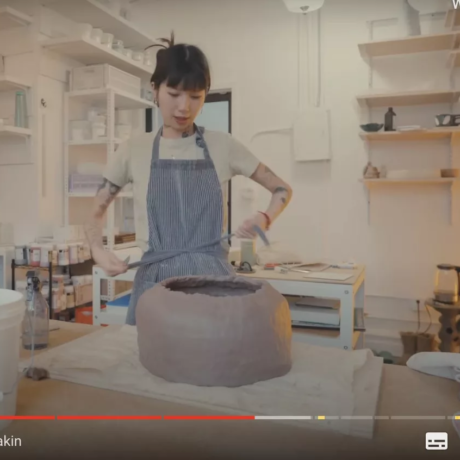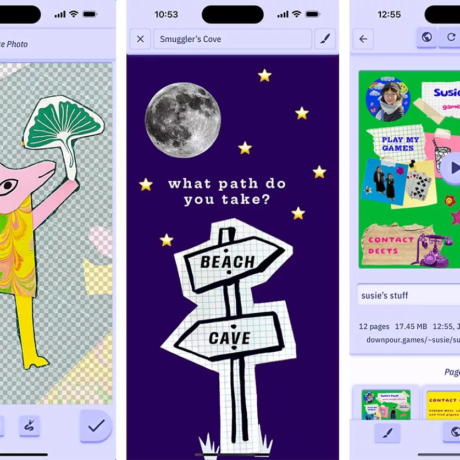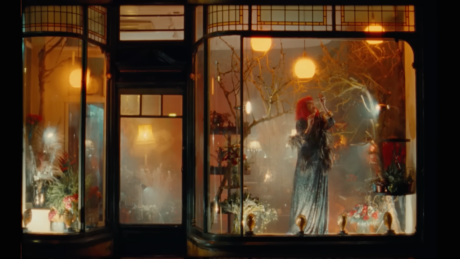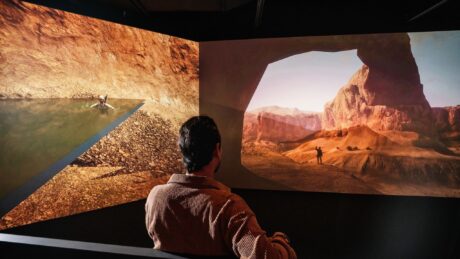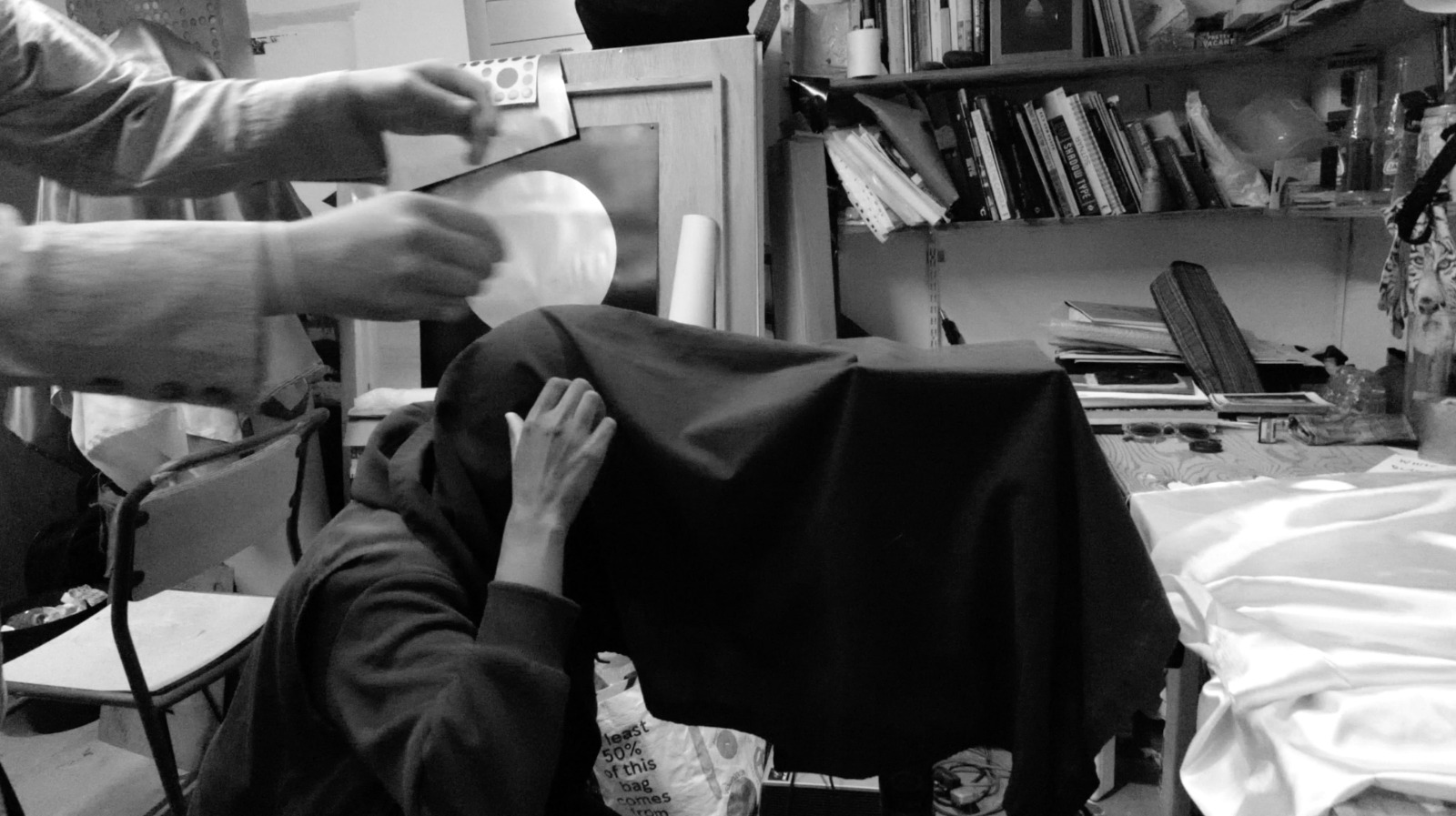
I don’t go outside a lot. Sometimes I don’t want to, sometimes I can’t. Sometimes I think, well, I don’t need to go anywhere because there are so many things inside my house to soothe and engage me. There’s a PS5, a needy cat, knitting needles, a sewing machine. Less obvious are the green handmade ceramic plate and matching bowl that stick out amongst the mass-produced IKEA shite the rest of the kitchen cupboards are stocked with.
When I used to live in London, I lost the black mould war against my basement flat and ended up with a genuinely concerning cough — so concerning, in fact, that my boss at the time invited me to live with her. One of her kids had flown the nest so there was space for her mouldy employee. I accepted. I had to. She had the kind of home where it is golden hour all day long; where there is real art on the walls, a heated towel rack in the bathroom, floorboards painted bright orange so a particular comfortable warmth would rise from my bare feet and up through the rest of my body. It was a home full of books and good conversation; a home where meals are eaten on handmade crockery coloured with a deep green peppered glaze.
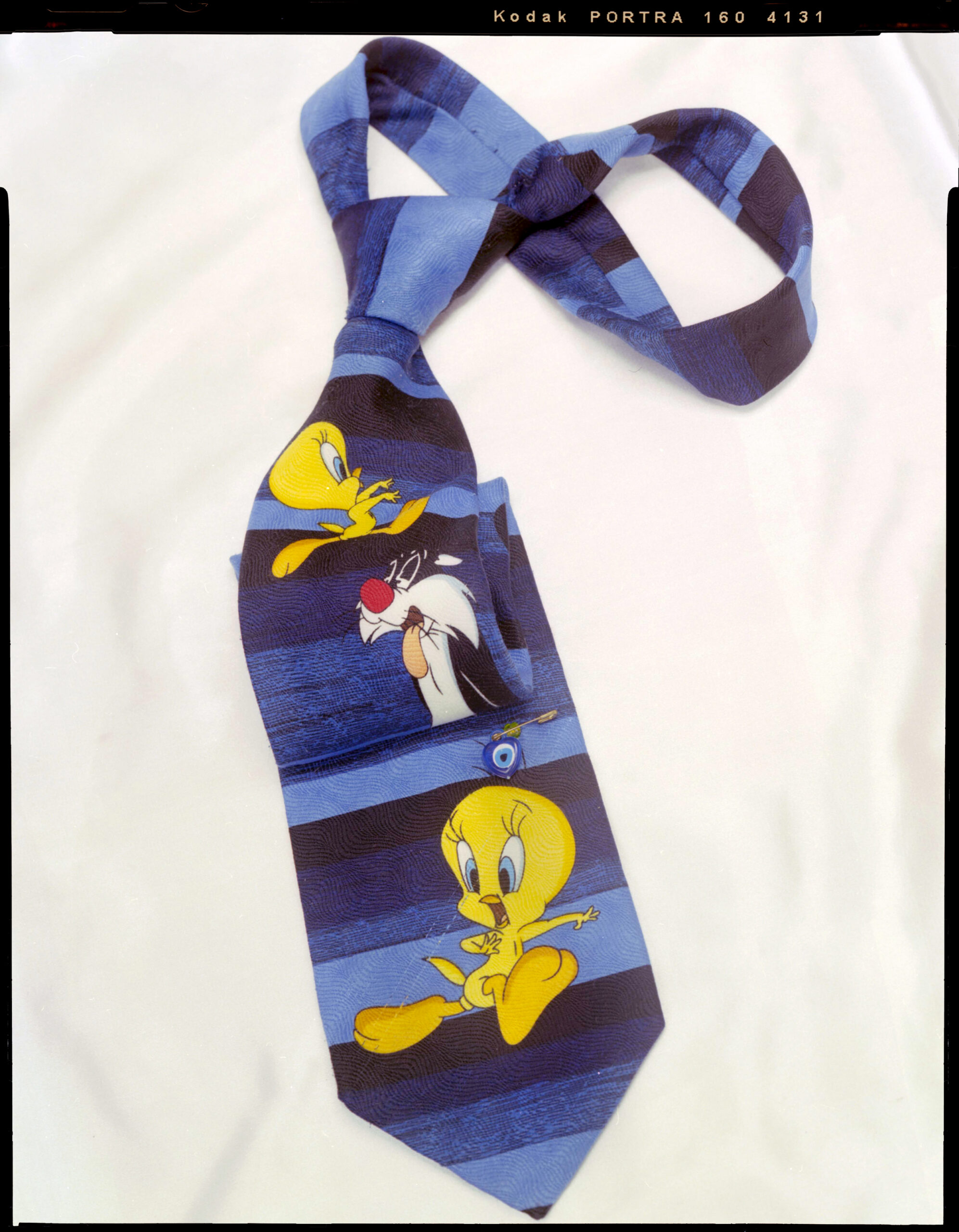
I was only there for the summer of 2016 and when I moved home to Liverpool, cough-less and rested, my saviour, mentor, and friend told me to keep hold of the keys. I could stay whenever I wanted. But in 2023, she finally sold the oasis. Before the sale went through, she said that she knew the house was important to me and she wanted me to have something of it. I was invited to take a pack of stickers off her desk and mark all the things I loved, which felt ridiculous but was actually a very direct way to honour all the house’s great details. I received a package a few months later, and now, when I eat breakfast off the plate, or look at the grapes in the green bowl I keep in the living room, I feel… like an adult. I feel good about myself and I feel good about art. I feel like a person who makes her own decisions, and not somebody who has to accept the cookie-cutter life they can afford.
It’s funny because if you were to rummage around my house, yeah, you might think the plate and the bowl are a little out of place in the grand scheme of the magnolia rental aesthetics, but you wouldn’t know the 9 year relationship the objects are charged with. If I were to rummage through your belongings, the exact same thing would happen. I would never know unless you told me. It was that disconnect between people and things that I was thinking about when I listened to the new podcast FONDS, a ten-part series in which residents of Govanhill in Glasgow talk about the cherished objects in their lives. Each episode only lasts around 8 minutes, the length of time it takes for creator of the project Morwenna Kearsley to use a large format camera and long-exposure to photograph the object.
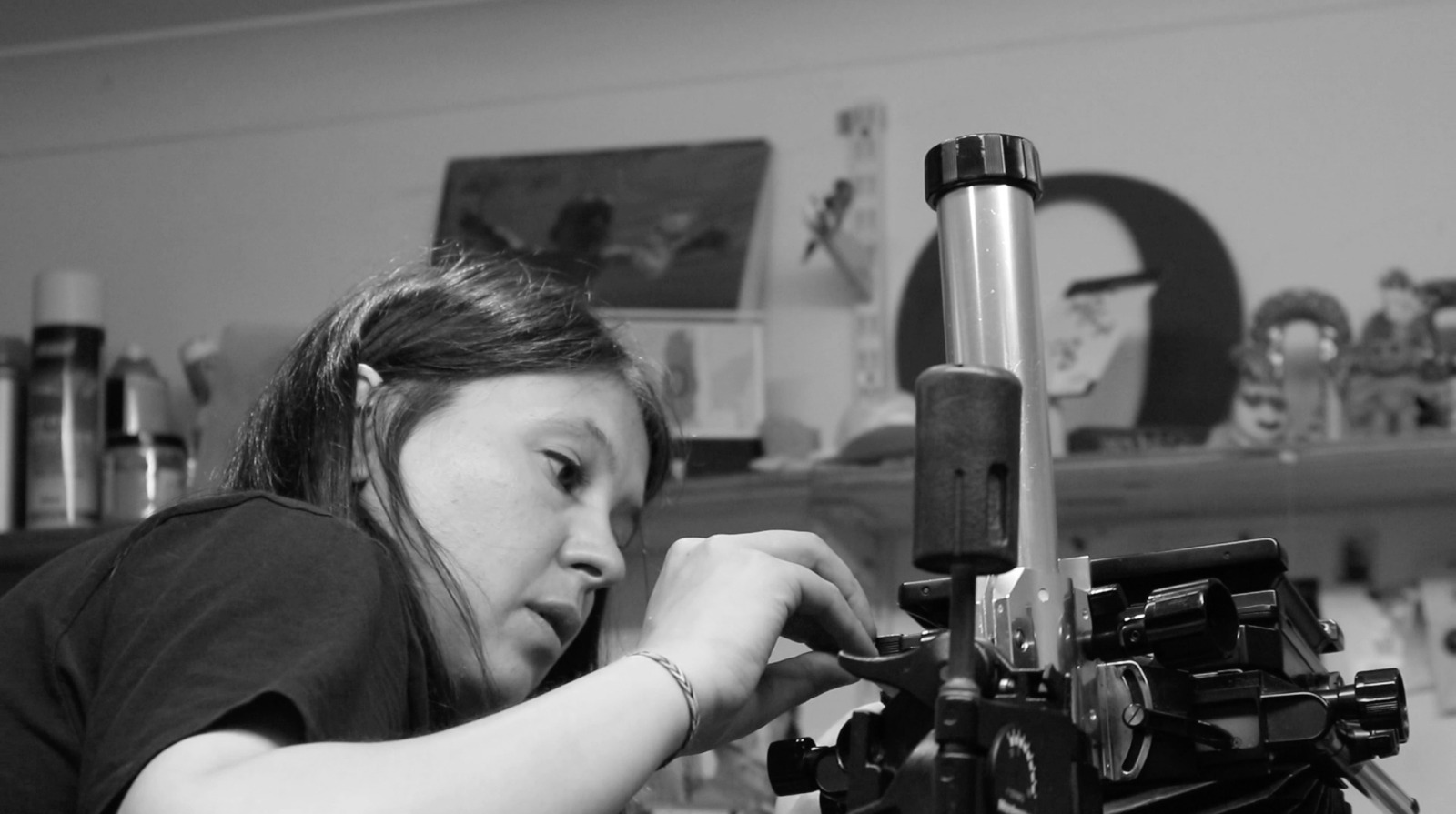
The title of the podcast, FONDS, is a term used in archiving to refer to a group of objects with a shared origin. Here, it also refers to the objects that Govanhill’s residents are most fond of. The first leg of the project actually took place back in 2022 when Kearsley held an exhibition of these images in the shop windows of cafés, launderettes, bookstores and ice cream parlors around the area. For those outside of Glasgow, Govanhill is Scotland’s most multicultural neighbourhood with residents speaking a total of 88 different languages between them. In 2023, Kearsley made a second series of photographs under the same conditions, this time recording the stories of the objects’ keepers for a podcast series produced by Flora Zajicek and hosted by Shanine Gallagher.
I listened to the first few episodes at my desk while looking out the windows. It was the middle of the day and as far as I know, all of my neighbours were at work. But I don’t know much, because I’m the only person on my road who ever opens the curtains, and also, we don’t interact beyond nods in the street or retrieving packages. I wish we did. I don’t because I think that maybe the man opposite wants where he lives to be a private place where he doesn’t have to deal with other people, where he can take a break and become invisible. I’m making assumptions when really I wish the outside world could become less two-dimensional. I don’t know how to break the ice, when the ice is like a glacier heavy over the postcode — or the entire country. In a very real sense, now that I have listened to FONDS, I know more about the people of Govanhill than I do my own neighbours, and that’s bittersweet.
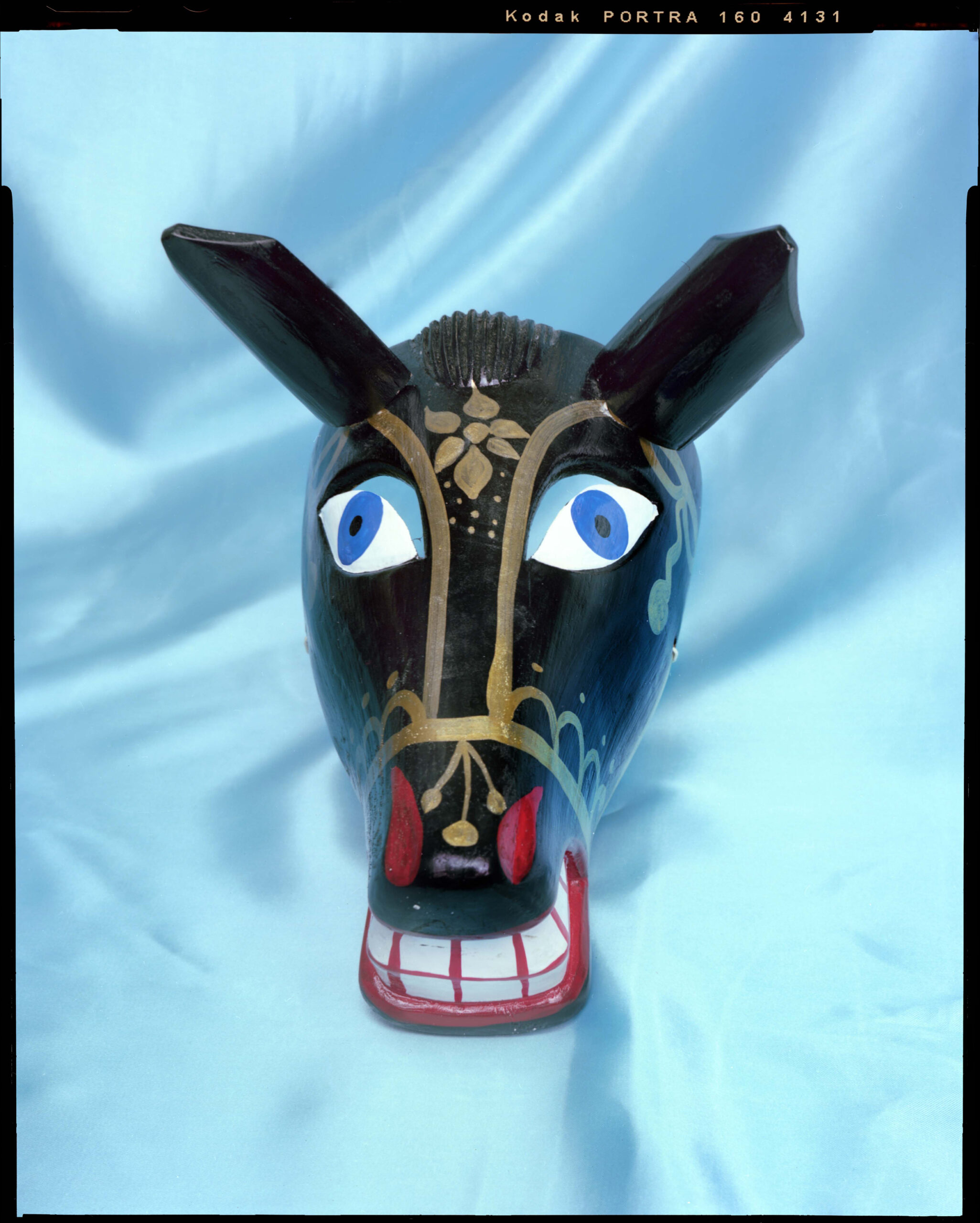
I know about Engles, who brought a mask from Nicaragua’s most famous theatrical protagonist to Scotland with him: the grinning mask of El Macho Ratón. A great symbol of post-colonial strength, I know it makes him feel like there is an ancestor in the room, someone encouraging him to keep going when things in Glasgow feel hard. I know about Eva, who moved from school to school to avoid bullies. Eva, who started wearing a tie printed with Tweetie Pie and Sylvester the Cat when it felt about time that the bullying stopped, or stopped mattering so much. I know about the ornate pink and gold perfume bottle that Arij keeps safe, because the scent is similar to her mother’s perfume. Though her mother is home in Syria, when Arij smells it, Arij feels as though she is standing right in front of her. I know that it’s not a question of which object does each person treasure most, but it’s about the people and places that those objects recall.
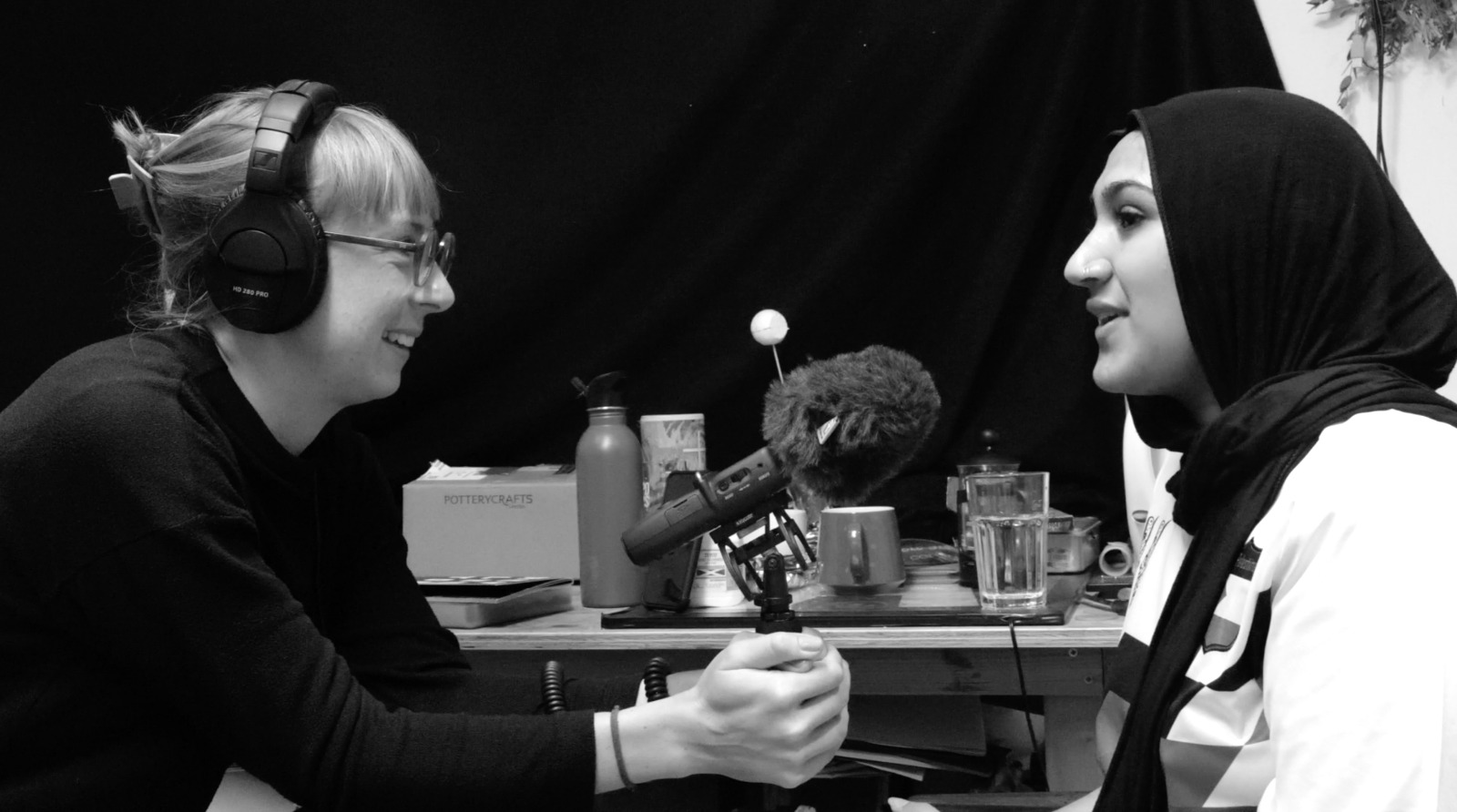
Each episode of the podcast has an accompanying image of the object, in which the mask and the tie and the perfume bottle are set against illuminated satin backdrops like you might stage a still life against draped fabric, or photograph a precious jewel. Kearsley’s approach gives great import to the objects, the same way the stories do. Subjects are captured in the dark while Kearsley moves a torch around them continuously for the 8 minute-long exposure. It’s a photographic process that lends a sharp nostalgia to each image, and a fullness too. It’s actually only thanks to the photograph that I realised Eva had pinned a small nazar charm to the Tweetie Pie tie; the blue, black and white of the evil eye almost hidden against stripes of the same colours but not quite, gently revealed by the photographer.
I like the episode length lining up with the slow burn of the shutter speed. It wraps each story up neatly, and is a reminder that this project began in photography. I like that the host’s questions are not heard so that the keeper of the object has the floor, and the podcast barely feels like it has any edges. I like that this series made me want to put words to just how important that green plate and bowl are to me, because it is a way to honour them without a large format camera and a podcast producer to hand. But mostly, I like that FONDS has achieved the thing I crave. The thing that feels nosy of me, but isn’t nosiness, only a desire to connect with other people. I can easily see more seasons of this. I can see it covering other places beyond Govanhill, although I’m sure it could also stay there forever and never reach the end of the book. So much public practice aims to do what FONDS does in making people feel seen and heard, and in closing the distance between us. What gives a life quality? What gives a home personality? As much as I want to rummage through other people’s houses, I think it might be better to simply ask them who they are.
Written by Gabrielle de la Puente of the White Pube.


